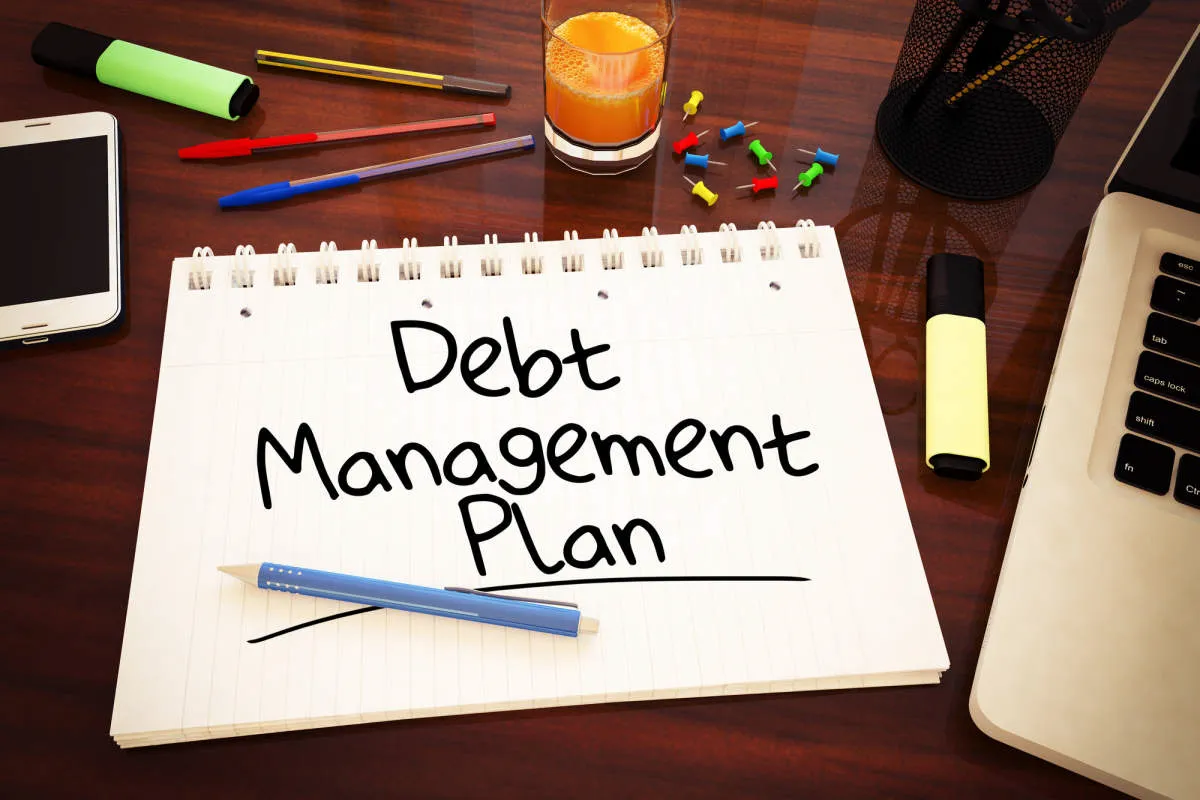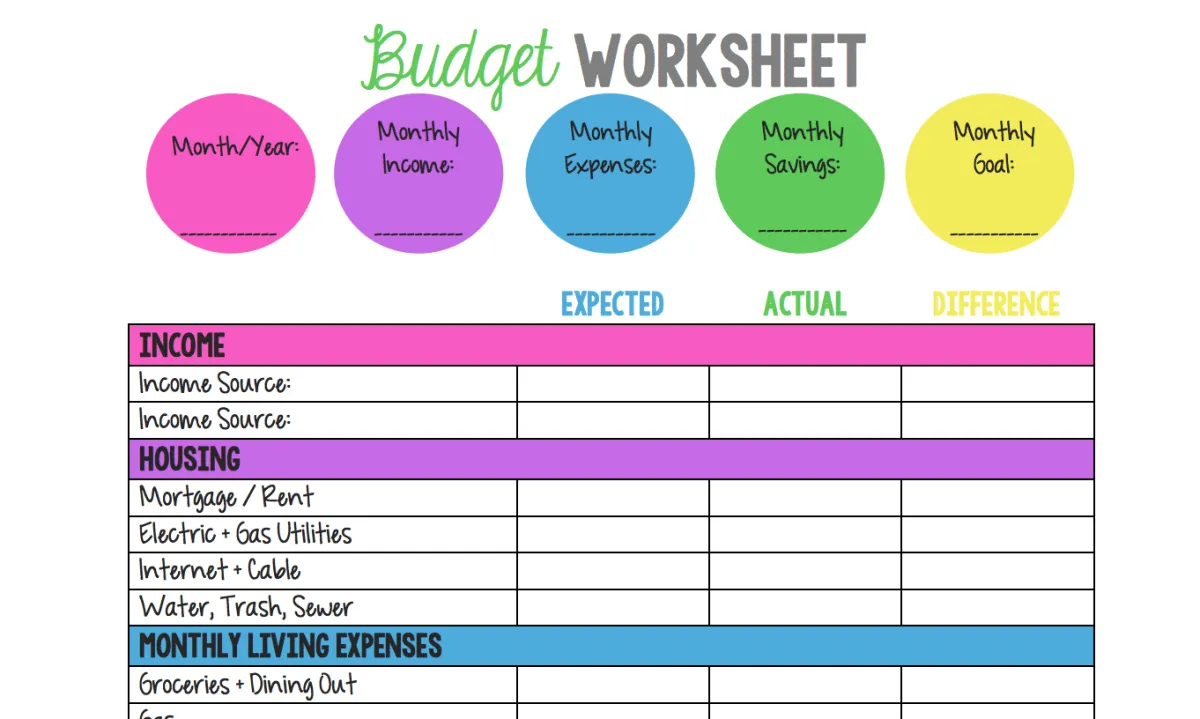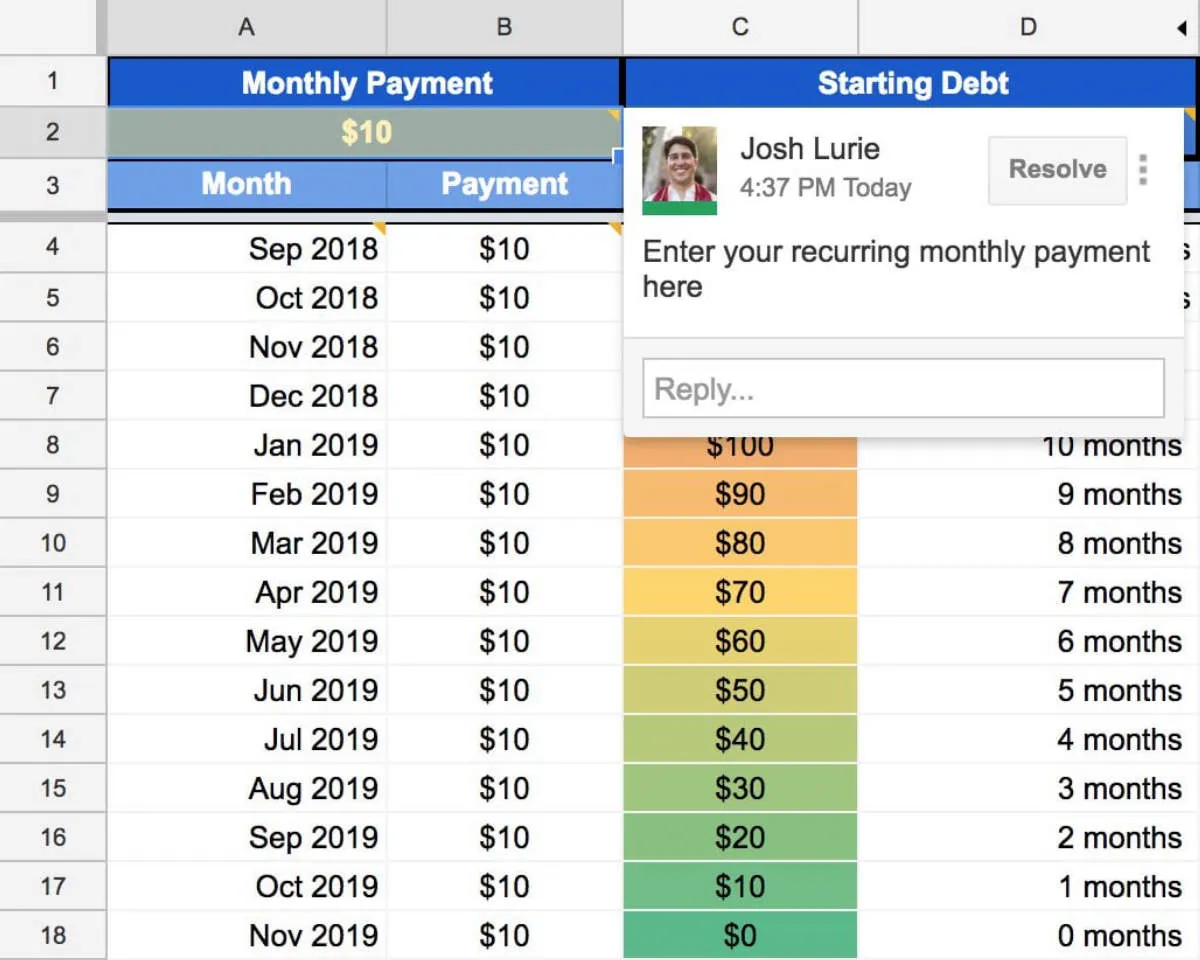Creating a successful debt repayment plan requires careful planning and strategizing. In this article, we will explore the essential steps to help you create a realistic and effective plan to manage and pay off your debts.
Assessing Your Debt Situation
The first step to conquering your debt is understanding exactly what you’re up against. This requires a clear and honest assessment of your current financial situation.
1. List Out All Debts:
Create a comprehensive list of all your debts. Include the following information for each:
- Creditor (who you owe)
- Total Amount Owed
- Interest Rate
- Minimum Monthly Payment
- Due Date
2. Calculate Your Debt-to-Income Ratio (DTI):
Your DTI is a crucial indicator of your overall debt load. It compares your monthly debt payments to your gross monthly income. To calculate it:
- Add up all your monthly debt payments (from the list you created).
- Divide your total monthly debt payments by your gross monthly income.
- Multiply the result by 100 to get a percentage.
For example, if your monthly debt payments are $1,500 and your gross monthly income is $4,000, your DTI would be 37.5% ($1,500 / $4,000 x 100).
3. Identify High-Interest Debt:
High-interest debt, like credit card debt, can quickly spiral out of control. Make a note of which debts have the highest interest rates – these will likely be your top priority for repayment.
4. Review Your Credit Report:
Obtain a free copy of your credit report from all three major credit bureaus (Equifax, Experian, and TransUnion). Check for any inaccuracies and dispute any errors you find. Your credit report can also help you identify any debts you might have overlooked.
Setting Clear Debt Repayment Goals

A successful debt repayment plan hinges on well-defined goals. Without a clear target, it’s easy to lose motivation or become sidetracked. This is where goal setting plays a crucial role. Here’s how to set clear debt repayment goals:
1. Identify and List Your Debts
Start by creating a comprehensive list of all your debts. Include details such as:
- Creditor (who you owe money to)
- Total debt amount
- Interest rate
- Minimum monthly payment
2. Prioritize Your Debts
Once you have a clear picture of your debts, prioritize them. There are two common approaches:
- Avalanche Method: Focus on paying down the debt with the highest interest rate first, regardless of the balance. This method saves you the most money on interest charges over time.
- Snowball Method: Prioritize debts with the smallest balances first, regardless of the interest rate. This method provides quick wins and can boost motivation as you see debts disappear faster.
3. Set Realistic Timelines
While it’s tempting to aim for rapid debt repayment, setting realistic timelines is crucial. Consider your income, expenses, and the total debt you need to tackle. Break down your goals into smaller milestones. For example, instead of aiming to be debt-free in five years, set a goal to pay off one credit card within the next 12 months.
4. Track Your Progress and Make Adjustments
Regularly track your progress to stay motivated and make adjustments as needed. Life circumstances change, and your debt repayment plan should be flexible enough to adapt. If you receive a raise or bonus, consider allocating extra funds towards debt repayment.
Choosing a Repayment Strategy
Once you have a clear picture of your debts, it’s time to choose a repayment strategy. There are two popular methods:
1. The Debt Snowball Method
This method focuses on building momentum by first targeting the smallest debt. You’ll make minimum payments on all your debts and then throw any extra cash you have at the smallest one. Once it’s gone, you take the money you were putting towards it and roll it into the next smallest debt, creating a “snowball” effect.
Pros:
- Provides quick wins, which can be motivating.
- Helps you build a habit of paying off debt.
Cons:
- May not be the most efficient method if you have high-interest debt.
2. The Debt Avalanche Method
This method focuses on saving money by prioritizing the debt with the highest interest rate. You make minimum payments on all your debts and then put any extra money towards the debt with the highest interest rate.
Pros:
- Saves you the most money on interest payments in the long run.
Cons:
- Can be demotivating if your highest-interest debts are large.
The best repayment strategy for you will depend on your individual circumstances and personality. If you need quick wins for motivation, the debt snowball method might be a good fit. If you’re more focused on saving money, the debt avalanche method may be a better option.
Creating a Realistic Budget

A successful debt repayment plan hinges on a realistic budget. This means taking an honest look at your income and expenses, and identifying areas where you can cut back.
Start by tracking your spending for a month. Use a budgeting app, spreadsheet, or even a notebook to record every dollar you spend. This will give you a clear picture of where your money is going.
Next, categorize your expenses as essential and non-essential. Essential expenses are those necessary for survival, such as housing, food, and transportation. Non-essential expenses are things you can live without, such as entertainment, dining out, and subscription boxes.
Once you have a good understanding of your spending habits, you can start looking for ways to cut back. Look for areas where you can reduce your expenses, such as negotiating lower rates for insurance or cell phone service, canceling unused subscriptions, or finding less expensive alternatives for groceries and entertainment.
When creating your budget, prioritize debt repayment. Allocate as much money as you can comfortably afford towards paying down your debts each month, while still covering your essential expenses.
Tips for Reducing Expenses
Creating a debt repayment plan that works requires a two-pronged approach: increasing your income and reducing your expenses. Here we’ll focus on the latter, providing practical tips to free up more cash flow to put towards your debts.
Track Your Spending
You can’t effectively manage what you don’t measure. Start by tracking your spending for a month or two. Use a budgeting app, a spreadsheet, or simply a notebook – the key is to be consistent and honest with yourself about where your money is going.
Identify Needs vs. Wants
Once you have a clear picture of your spending habits, categorize your expenses into needs and wants. Needs are essentials like housing, food, utilities, and transportation. Wants are things that enhance your life but aren’t strictly necessary, such as dining out, entertainment subscriptions, and luxury items.
Cut Back on Wants
This is often the most challenging but also the most rewarding part. Look for areas where you can cut back on wants without drastically impacting your quality of life. Consider these strategies:
- Reduce dining out: Cook more meals at home.
- Explore cheaper entertainment: Opt for free or low-cost activities instead of expensive outings.
- Downgrade subscriptions: Do you really need all those streaming services? Consider canceling or pausing some temporarily.
- Shop around for better deals: Negotiate with service providers for lower rates on internet, phone, and insurance.
Minimize Impulse Purchases
Impulse purchases can derail even the best-laid budgets. Implement strategies to curb impulsive spending:
- Wait 24 hours before making non-essential purchases.
- Remove saved payment information from online stores.
- Unsubscribe from tempting email newsletters and promotional texts.
Automate Savings
Treat savings like a non-negotiable expense. Set up automatic transfers to your savings account each month, even if it’s a small amount. This will help you build a financial buffer and reduce the urge to spend money that should be going towards debt repayment.
Increasing Your Income

While creating a budget and cutting expenses are crucial for debt repayment, increasing your income can significantly accelerate the process. Here are several strategies to consider:
1. Negotiate a Raise or Promotion
If you’ve consistently exceeded expectations at your current job, don’t be afraid to ask for a raise or explore opportunities for a promotion. Research industry salary benchmarks and prepare a compelling case highlighting your contributions and value to the company.
2. Explore a Side Hustle
The gig economy offers countless opportunities to earn extra income outside of your regular job. Consider your skills and interests and explore options like:
- Freelancing (writing, graphic design, virtual assistance)
- Driving for a ride-sharing service
- Delivering food or groceries
- Selling handmade crafts or goods online
- Teaching or tutoring online or in-person
3. Monetize Your Skills and Hobbies
Do you have a talent for photography, writing, or baking? Turn your passion into profit by offering services or selling products related to your hobbies. Create an online presence through platforms like Etsy, Instagram, or your own website.
4. Seek Additional Employment
If time allows, consider taking on a part-time job in addition to your current employment. Look for opportunities that align with your skills and schedule, even if it’s just a few hours a week. Every bit of extra income can make a difference.
Staying Motivated and Focused
Paying off debt can be a long and challenging journey, and it’s easy to lose motivation along the way. Here are some tips to help you stay motivated and focused on your debt repayment goals:
- Celebrate small victories: Acknowledge and celebrate your progress, no matter how small. Each payment you make is a step closer to becoming debt-free.
- Visualize your goals: Create a vision board or use a debt-tracking app to visualize your progress and remind yourself of what you’re working towards.
- Find an accountability partner: Share your debt repayment goals with a trusted friend or family member who can provide support and encouragement.
- Reward yourself (within reason): Set small, achievable milestones and reward yourself when you reach them. Just make sure your rewards don’t derail your budget.
- Focus on the benefits: Remind yourself of the positive impacts of becoming debt-free, such as reduced stress, increased financial security, and the ability to pursue your financial goals.
- Don’t be afraid to seek professional help: If you’re struggling to stay motivated or manage your debt, consider seeking guidance from a financial advisor.
Seeking Help When Needed

Creating and sticking to a debt repayment plan requires dedication and discipline. However, sometimes, you might find yourself struggling, feeling overwhelmed, or unsure of the best course of action. In such situations, remember that seeking help is a sign of strength, not weakness. There are resources available to provide support and guidance:
Credit Counseling Agencies
Non-profit credit counseling agencies offer free or low-cost services to help you manage your debt. They can provide:
- Budget analysis and creation
- Debt consolidation options
- Negotiation with creditors
- Financial education workshops
Financial Advisors
While they come at a cost, certified financial advisors can provide personalized advice and create a tailored debt management plan based on your specific financial situation. They can assist with:
- Investment strategies to potentially boost your income
- Debt prioritization and payoff strategies
- Long-term financial planning
Online Resources and Support Groups
Numerous websites and online forums offer information, tools, and support for managing debt. Connecting with others in similar situations can provide motivation and encouragement. You can find:
- Debt repayment calculators
- Financial literacy resources
- Online communities and forums
Don’t Hesitate to Reach Out
Remember, you are not alone in facing debt. Many resources and individuals are available to help you navigate this challenge and achieve financial freedom. Reaching out for help sooner rather than later can make a significant difference in your journey to becoming debt-free.
Conclusion
In conclusion, creating a debt repayment plan requires careful budgeting, prioritizing debts, and staying committed to the plan for financial freedom.

